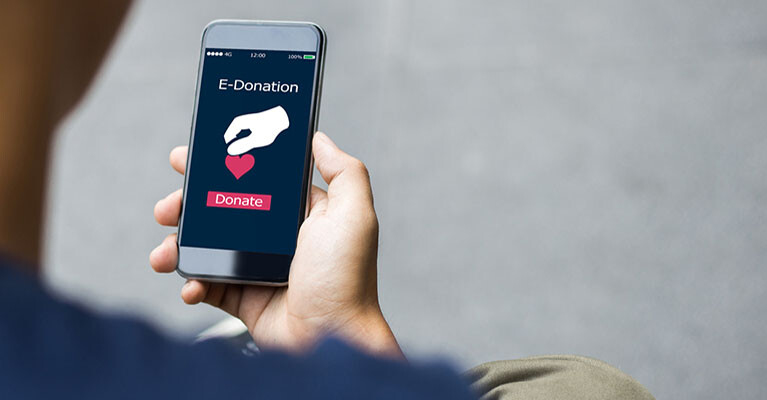They say a picture is worth a thousand words. But could it be worth $1,000?
That’s what fraudsters want their unsuspecting victims to believe when they target them with tactics known as a “muse scam.”
Here are tips on how these scams work and ways to protect yourself.
How it Works
- Initial Contact: With muse scams, fraudsters typically initiate contact via social media, often with a comment or message about how much they like your photo.
- Offer to “Purchase:” From there, the scammer may claim to be an artist or work with one and state their desire to “pay” you for your image so it can be used in their upcoming project. After negotiating the price, the fraudster will work with you to send you a check for your “payment,” oftentimes stating the need to send a check for a larger amount and then have you send back a portion of the funds for the artists’ supplies.
- Pressure Tactics and Isolation: Fraudsters then often work to create a sense of urgency to get you to act without thinking. In many scams they will also encourage you not to consult with others for one reason or another, to avoid you being offered a clearer perspective from someone who may warn you it sounds like a scam.
- Depositing the Check: Once the scammer has the information they need, they will mail their victims a check, oftentimes one that appears legitimate and tell their victim to deposit it. Banks are legally required to make deposited funds available quickly, so the check may even appear to clear in your bank account.
- The Payoff: Once the check is deposited, the scammer will have you send the money for the “artists’ supplies” to them. What really happened? The check you were given was fake, and often by the time your financial institution discovers this, you’ve already sent the scammer money and are now on the hook for the remainder of the funds you owe the bank from the fake check.
How to Protect Yourself
- Use Social Media Cautiously: Set your profiles to private and watch how much personal information you share, like addresses, vacation details and other sensitive data. Limit your profiles’ visibility to just friends and connections only and take the time to review your connections and remove suspicious ones.
- Remain Vigilant for Red Flags: Exercise caution when responding to calls and messages from unfamiliar numbers. If you receive a suspicious call or text from someone claiming to be a friend, family member, or reputable business, try to contact them directly using a known number.
- Only Deposit Checks from Those You Know: Never deposit a check from someone you do not know personally. If the check is fraudulent, you may be the one left paying.
- Check Your Accounts Regularly: Use online and mobile banking to monitor your accounts regularly and report any suspicious activity to your bank immediately. Enabling features like two-factor authentication also adds a layer of security.
If You’ve Been a Victim
Time is of the essence if you’ve been a victim of fraud. Steps to take immediately include:
- Contact your bank to freeze your accounts, get new account numbers and debit/credit cards, and monitor your account statements for fraudulent charges.
- File a report with the police, Federal Trade Commission (reportfraud.ftc.gov) and Federal Bureau of Investigation’s Internet Crime Complaint Center (IC3.gov).
- Place a fraud alert on your credit report with Equifax, Experian and TransUnion.
For more tips to protect yourself from the latest scams, visit our Security Center.

Helping you boost your financial intelligence.
Read our financial resources from your friends at WSFS.




